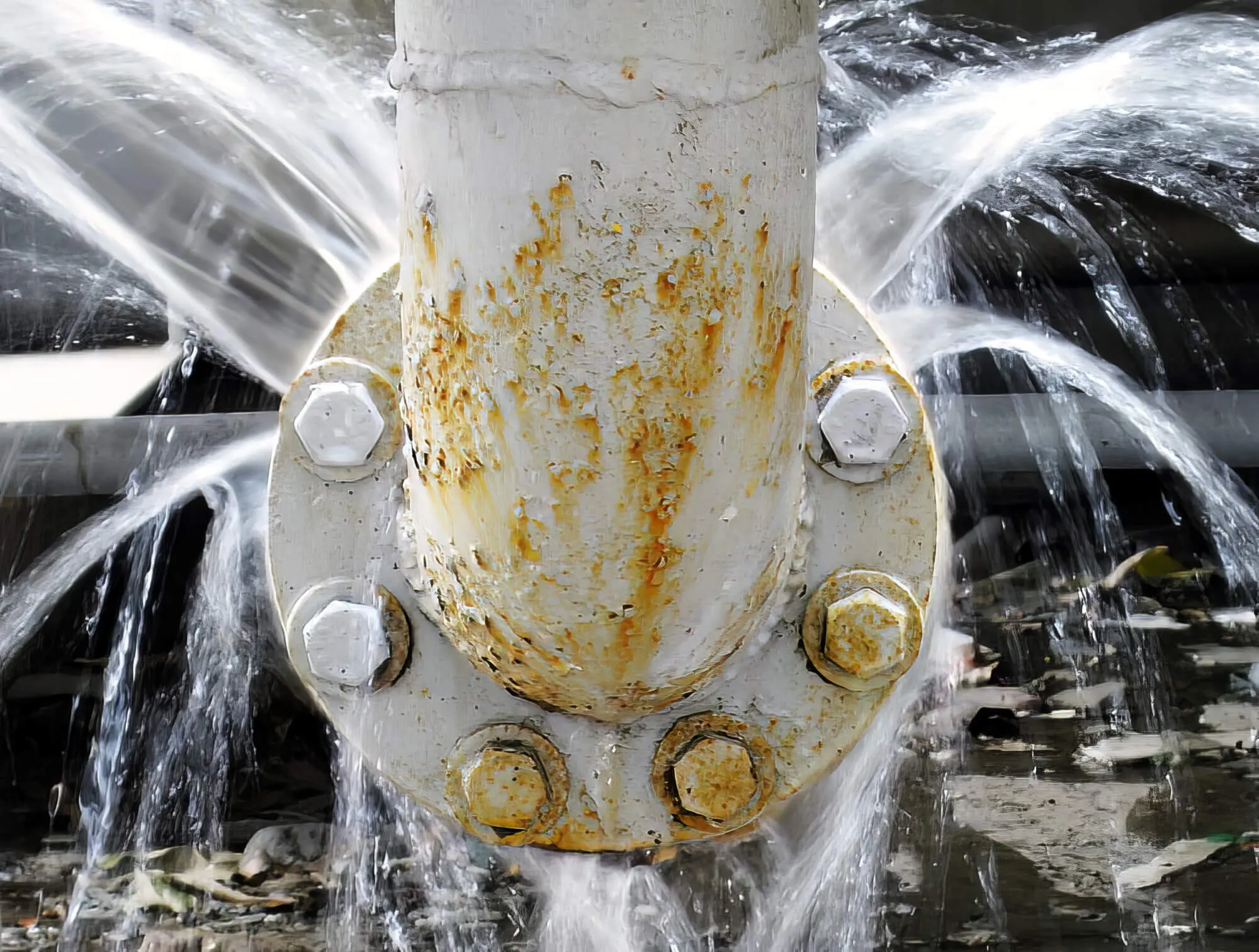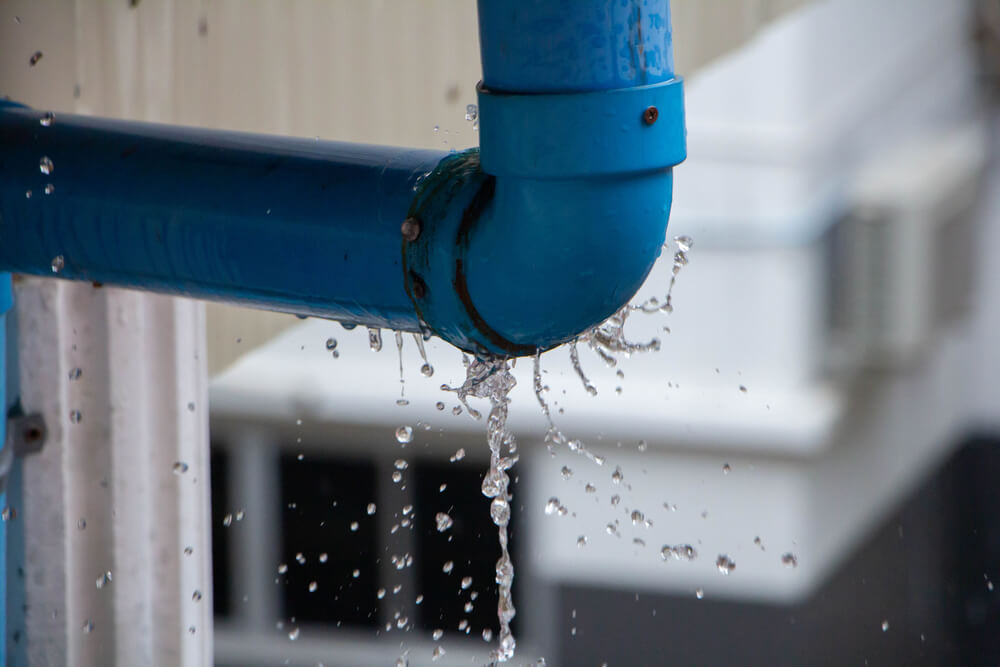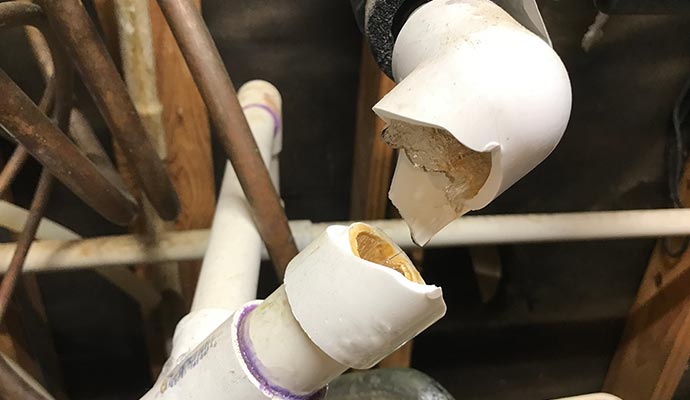What to Do When a Burst Pipe Causes Water Damage in Your Home
What to Do When a Burst Pipe Causes Water Damage in Your Home
Blog Article
Stopping Ruptured Water Lines: Essential Tips to Secure Your Pipes
Preventing burst pipes is a critical issue for home owners, especially during cooler months when the risk of cold is increased. Executing strategic actions such as correct insulation, routine evaluations, and keeping consistent interior temperatures can significantly lower the likelihood of pipeline failing.
Understand Pipe Vulnerabilities
Recognizing pipe susceptabilities is important for effective pipes upkeep and protecting against expensive damage. A number of factors add to the susceptibility of pipelines to ruptureds, including material structure, age, and environmental problems. Older pipes, especially those made from galvanized steel or polybutylene, frequently weaken in time, resulting in enhanced threat of ruptures and leaks.
Temperature level variations can likewise significantly influence pipe stability. In cooler climates, water trapped in pipelines can ice up, expanding and exerting stress on the pipe walls, which might ultimately cause a burst. Moreover, high water pressure can stress pipelines, particularly at bends and joints, heightening the probability of failing.

Insulate Piping Correctly
Correct insulation of pipelines is crucial for preventing freezing and subsequent bursts during winter (burst pipe). Shielding your plumbing system properly safeguards against temperature drops that can result in costly damage. Begin by identifying susceptible areas where pipes are revealed to outside temperature levels, such as basements, attics, and outside wall surfaces
Usage foam pipeline insulation sleeves or cover insulation tape around these areas to provide a protective obstacle. Guarantee that all sections of the pipelines, specifically those with minimal warmth direct exposure, get adequate insulation. Pay special focus to joints and fittings, as these are more susceptible to freezing.
When shielding, it's vital to choose materials that fulfill local building ordinance and are proper for the certain atmosphere. For example, fiberglass insulation is frequently suggested for its thermal resistance homes - burst pipe. Furthermore, consider making use of warm cords or tape in severe conditions, which can be plugged in to give extra warmth
Frequently check insulated pipes for any indicators of wear or damage, as jeopardized insulation can diminish its efficiency. By taking these positive measures, you significantly minimize the threat of pipe bursts, ensuring a reputable pipes system throughout the winter season months.
Maintain Constant Temperature Level
A stable indoor temperature is necessary for stopping ruptured pipes during the icy months. When temperature levels decline, water within pipelines can ice up, increasing and developing pressure that may inevitably cause the pipes to ruptured.Making use of a programmable thermostat can aid handle interior temperature levels successfully, ensuring that rooms with plumbing stay cozy even when the house is empty.
This small circulation of water can avoid freezing by easing pressure within the pipelines. By implementing these techniques, homeowners can considerably lower the threat of pipe ruptureds and guard their plumbing go now systems versus the extreme winter months elements.
On A Regular Basis Examine Plumbing
Regular assessments of plumbing systems are vital for stopping burst pipelines and preserving general home honesty. Regular checks allow property owners to recognize prospective issues before they intensify into pricey repairs or significant water damages. During these inspections, it is necessary to examine visible pipelines for signs of corrosion, leakages, or use. Pay special focus to locations susceptible to freezing, such as cellars, attic rooms, and outside wall surfaces.
Furthermore, examining links and joints is essential, as these factors are frequently susceptible to leakages. Home owners must additionally assess water stress degrees, as extreme pressure can strain the plumbing system and raise the risk of pipeline ruptureds.
Take into consideration scheduling specialist pipes examinations at the very least as soon as a year, particularly before wintertime, to ensure your system is prepared for cooler temperature levels. By being proactive in your approach, you can secure your home versus the costly and turbulent effects of burst pipelines.
Know Emergency Treatments
Comprehending emergency procedures is vital for every property owner, particularly after performing normal plumbing inspections. Being prepared for a plumbing emergency can significantly mitigate damages and save expenses.
Following, maintain necessary devices helpful. A plumbing emergency kit need to include a wrench, plunger, and towels, along with a flashlight and a container for small leaks. Furthermore, take into consideration having the get in touch with details for a trusted plumber conveniently available, must the situation rise beyond your control.
If you find a leak or ruptured pipe, right away switch off the water and notify your plumbing professional. Record the damage with photographs for insurance objectives. Know the signs of potential plumbing problems, such as unusual water stress changes or damp spots on walls
Eventually, proactive understanding and speedy action are vital in managing plumbing emergencies, guaranteeing your home stays secured and reducing possible damage.

Conclusion
To conclude, protecting against ruptured pipes necessitates a diverse method that consists of understanding pipe susceptabilities, appropriate insulation, preserving consistent interior temperature levels, regular inspections, and expertise of emergency situation procedures. By carrying out these essential techniques, the danger of plumbing failures can be dramatically minimized, thereby guaranteeing the durability and efficiency of the plumbing system. Positive measures read not only safeguard versus potential damage yet likewise contribute to total water conservation and the security of residential or commercial property.
In colder environments, water trapped in pipelines can ice up, exerting and broadening stress on the pipe walls, which may inevitably lead to a burst. When temperature levels drop, water within pipelines can ice up, broadening and producing pressure that may eventually create the pipelines to ruptured. By implementing these these details methods, home owners can significantly decrease the threat of pipeline ruptureds and guard their plumbing systems versus the extreme winter months elements.

Report this page